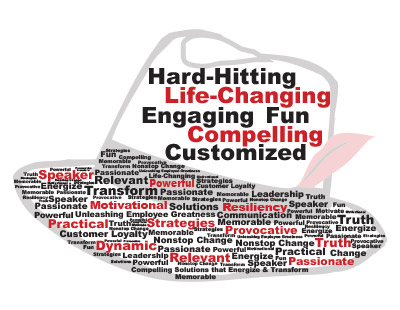 After a long, snowy, cold winter, I am cherishing the warmer spring weather so much more than if we had a mild winter!
After a long, snowy, cold winter, I am cherishing the warmer spring weather so much more than if we had a mild winter!
We are looking forward to our youngest son Drew’s graduation from The Ohio State University in less than three weeks. He completed his B.S. in Food Science & Technology degree in 3 years and is looking forward to his Product Development internship in Dallas with the Dr. Pepper/Snapple Group this summer.
As a lifelong learner, I am currently going through two different certification programs. On the professional side, while I am already working with 1:1 coaching clients, I have decided to pursue the actual coaching certification. It involves several classes and supervisory evaluations of my work. On the personal side, I’m going through the application process and attending classes to become a Chaplain with the Billy Graham Evangelical Association’s Rapid Response Team. They are called on in natural disasters (hurricanes, floods, etc) as well as in trauma/tragedy situations like 9-11 or bombings. I will be working with victims as well as first responders.
While it may seem like two completely different learning experiences, I have found there to be similarities. Learning how to deal with people in crisis or tragedy is largely focused how they respond to abnormal stress. The stress management techniques also apply to my coaching clients. Bottom-Line: it’s all about listening to and responding to people’s deepest needs and guiding them in their decision making processes. It’s truly exciting!
Speaking of stress, many organizations don’t acknowledge their customers stress when they are going through changes. Here are 3 tips for managing your customers through your company’s changes (taken from my 107 Tips for Creating Customer Loyalty booklet):
Make it a great week!


It is difficult to provide quality for a discerning audience. Your seminar and luncheon presentation was extremely well-received and exceeded attendees’ expectations. You knew your audience and addressed problems they had and gave them possible solutions that they could implement.
Ohio Society of Association Executives



© 2025. All rights reserved.